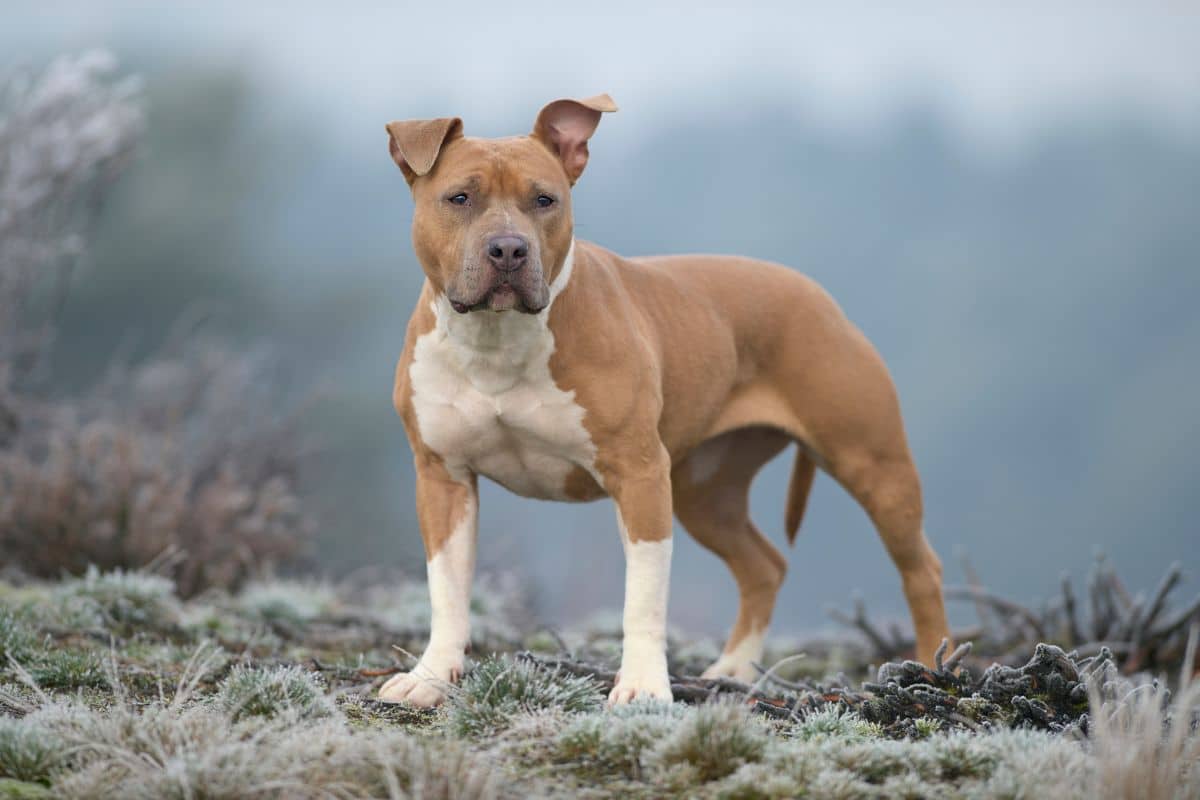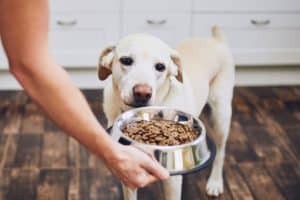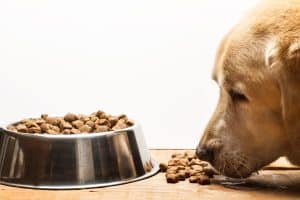As dog owners, it’s our duty to keep the little mutts happy and healthy. And that includes a healthy weight for their age and breed despite however body positive you personally are.
Unfortunately, with so many tempting treats and the convenience of ready-made dog food, it’s easy for the doggos to pile on the pounds. In fact, according to recent studies, up to 60% of dogs in the UK and US are overweight or obese.
This is a worrying statistic, as carrying extra weight can lead to various health problems for our dogs, including joint pain, breathing difficulties, and an increased risk of heart disease and diabetes. Overweight dogs often have a lower quality of life and are at higher risk of developing certain cancers.
That’s why dog owners must take an active role in helping their pets lose weight. But with so much conflicting information, it can take time to figure out where to start. I’m here to resolve that issue first.
Is your dog overweight? Why?
Feel your dog’s ribcage to check if they’re overweight – if you can’t feel their ribs without applying pressure, they may be overweight. Another way is to look at them from above – if you can’t see a defined waistline, your dog may carry excess weight.
There are many causes of dog obesity, but the most common ones include overfeeding, lack of exercise, and genetics. Feeding your dog more calories than they need, giving them too many treats or table scraps, and not providing enough exercise can all contribute to excess weight.
Certain breeds may be predisposed to weight gain in some cases, such as Labrador Retrievers or Cocker Spaniels.
How to create a weight loss plan for your dog?
As with any weight loss plan, it’s important to consult a certified doctor (veterinarian) before significantly changing your dog’s diet or exercise routine. They can assess your dog’s overall health and help determine a safe and effective plan tailored to their needs.
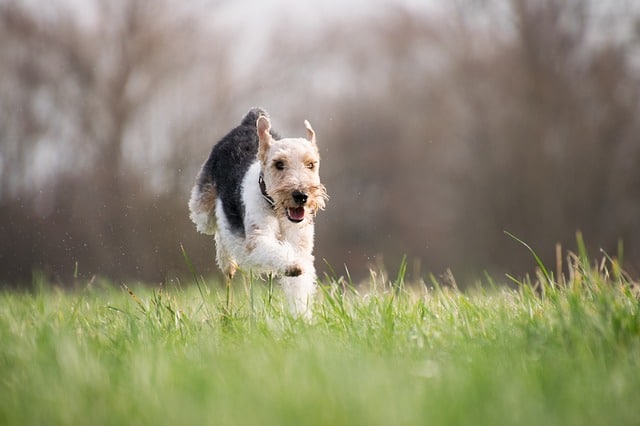
First and foremost, it’s important to establish realistic goals. Rapid weight loss can be dangerous for dogs, aim for a gradual weight loss of about 1-2% per week. Your vet can help you determine a target weight and a timeline for achieving it.
When it comes to diet, your vet may recommend a specific type of dog food or a prescription weight-loss diet. These diets are often lower in calories and fat and higher in fibre to help your dog feel full.
In addition to diet, exercise is also an important component of any weight loss plan. Your vet may recommend a specific type of exercise based on your dog’s age, breed, and overall health.
For example, swimming can be a low-impact exercise that is easier on your dog’s joints, while walking or jogging can help burn calories and improve cardiovascular health.
Do remember that every dog is different, and weight loss plans should be tailored to your dog’s needs. With patience, consistency, and correct guidance, you can help your dog achieve a healthy weight and improve their overall health.
Read More: Why is my dog overeating? What are some possible treatments?
Diet Strategies for Dog Weight Loss
As mentioned earlier, diet is crucial in helping your dog achieve their weight loss goals. Here are some diet strategies you can implement to aid in weight loss:
1. Choosing the Right Dog Food
When selecting food for your dog, look for dog food labelled “light” or “reduced calorie.”
These foods have fewer calories than regular dog food, which can help your dog lose weight. They’re formulated to provide all the necessary nutrients your dog needs to maintain good health.
Additionally, consider switching your dog to a high-protein, low-carbohydrate diet. Protein is essential for building and maintaining muscle mass, which can help your dog burn more calories even at rest.
2. Portion Control
Even if you choose the right dog food, feeding your dog too much can still result in weight gain. Consult with your veterinarian to determine the appropriate food your dog needs based on weight, age, and activity level.
3. Meal Frequency
The frequency of your dog’s meals can also play a role in weight loss.
Instead of feeding your dog one or two large meals per day, consider dividing their food into several smaller meals throughout the day. This way you can keep your dog’s metabolism elevated throughout the day, thereby increasing calorie burn.
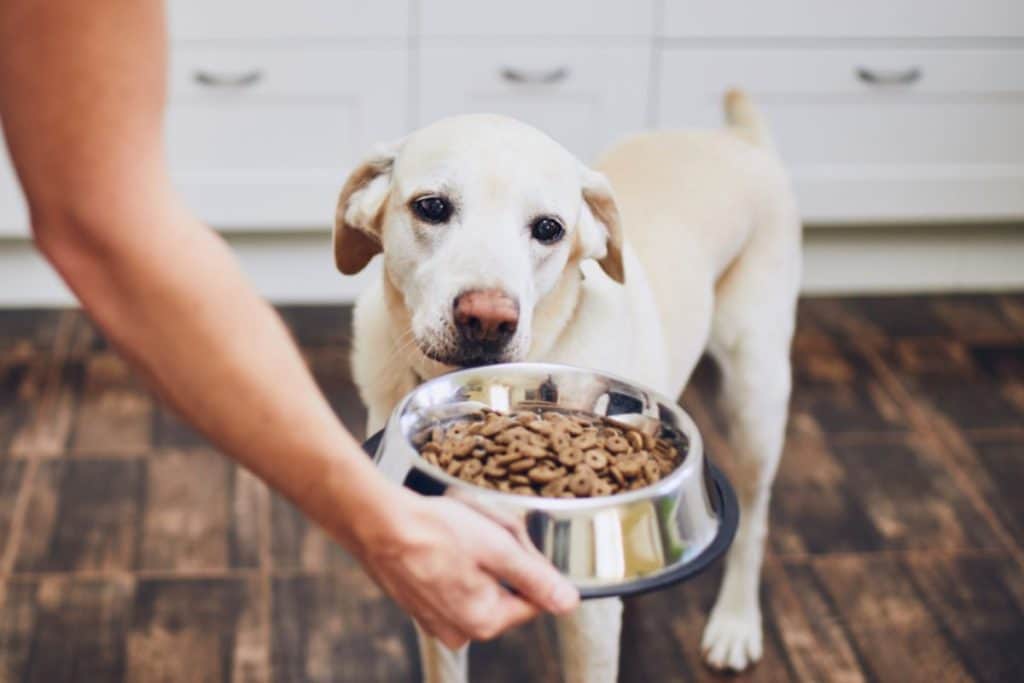
Exercise Strategies for Dog Weight Loss
Exercise provides numerous benefits for dogs, both physical and mental. The most important ones include weight loss, stronger muscles, better cardiovascular health, reduced stress and improved socialisation.
Before starting an exercise plan for your dog, it’s important to consult with your veterinarian to ensure that your dog is healthy enough for physical activity.
- Walking is a great, low-impact exercise that can be done virtually anywhere. Aim for at least 30 minutes of walking daily, gradually increasing the duration and intensity as your dog becomes fitter.
- If your dog is up for it, running is a great way to burn extra calories and improve cardiovascular health. Start with short runs and gradually increase the distance and intensity.
- Swimming is a low-impact exercise for dogs with joint pain or other physical limitations. It’s also a great way to cool off on hot days.
- Agility training involves navigating an obstacle course and can be a fun way to improve your dog’s fitness and coordination.
Tips for Encouraging Exercise
Getting your dog to exercise can be challenging, especially if they aren’t used to much physical activity. In that case, this is what you must do:
Make it fun: Incorporate toys and games into the exercise routine to make it more engaging.
Start slow: If your dog is not used to exercise, start with short walks or play sessions and gradually increase the duration and intensity.
Use positive reinforcement: Reward your dog with treats or praise when they participate in the exercise.
Read More: Discover the Benefits (& Cons) of Raw Food for Your Dog’s Health
How to monitor your dog’s progress?
By keeping track of your dog’s weight and adjusting the plan as necessary, you can ensure they’re losing weight safely and healthily.
1. Regular Weigh-Ins
You can weigh your dog at home using a scale, or take them to the vet for a more accurate measurement. It’s important to weigh your dog at the same time of day, on the same scale, and under similar conditions to ensure accuracy.
It’s also a good idea to record your dog’s weight. You can use a notebook, spreadsheet, or an app to help you see their progress and adjust the plan as needed.
2. Adjusting the Plan as Needed
If your dog isn’t losing weight, you may need to adjust their diet or exercise plan. On the other hand, if your dog is losing weight too quickly, you may need to increase their calorie intake.
3. Celebrating Successes
Celebrating your dog’s weight loss successes can help keep you motivated and engaged in the weight loss process. Whether it’s a small milestone, like losing a pound or two, or a major accomplishment, like reaching your dog’s target weight, celebrating your dog’s progress can be incredibly rewarding.
Potential Roadblocks to Dog Weight Loss
Even with a well-planned weight loss program, there may be some challenges and obstacles that your dog may face.
1. Common Physical Challenges and How to Overcome Them
Lack of Motivation
If your dog doesn’t seem interested in exercising or hesitates to follow a new diet, you may need to find creative ways to motivate them.
Begging for Food
Many dogs are notorious beggars, and it can be difficult to resist those pleading eyes. However, giving in to their begging can sabotage your dog’s weight loss program.
Lack of Support from Family Members
It’s important to communicate the importance of the program to everyone in the household and to establish clear guidelines for feeding and exercise routines.
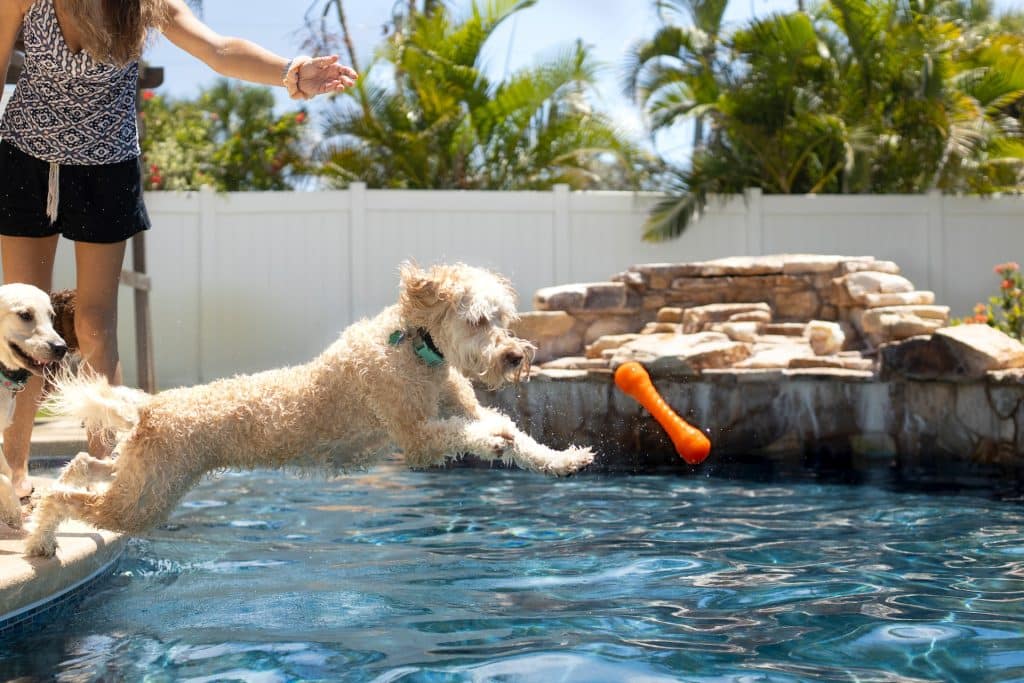
2. Medical Issues that May Affect Weight Loss
Hypothyroidism
It’s a condition where the thyroid gland doesn’t produce enough thyroid hormone, which can lead to weight gain in dogs.
Cushing’s Disease
It’s a hormonal disorder that can cause dog weight gain. Symptoms include increased appetite, thirst, and urination. Seek veterinary care as soon as possible if you suspect this disease.
Read More: Can all dogs swim? How to teach your dog to swim?
Frequently Asked Questions (FAQs)
1. Can I feed my dog less to help them lose weight?
Reducing your dog’s food is an important part of a weight loss plan, but it should be done carefully to avoid malnutrition. It’s best to consult your veterinarian to determine your dog’s appropriate calorie intake and choose the right food.
2. How much exercise does my dog need to lose weight?
Dogs generally need at least 30 minutes of exercise daily, but overweight dogs may need more to achieve weight loss goals. The amount of exercise your dog needs depends on their size, age, and health status.
3. How long will it take for my dog to lose weight?
The amount of time it takes for a dog to lose weight depends on several factors, including the dog’s starting weight, age, breed, and overall health. In general, a healthy rate of weight loss for dogs is around 1-2% of their body weight per week.
